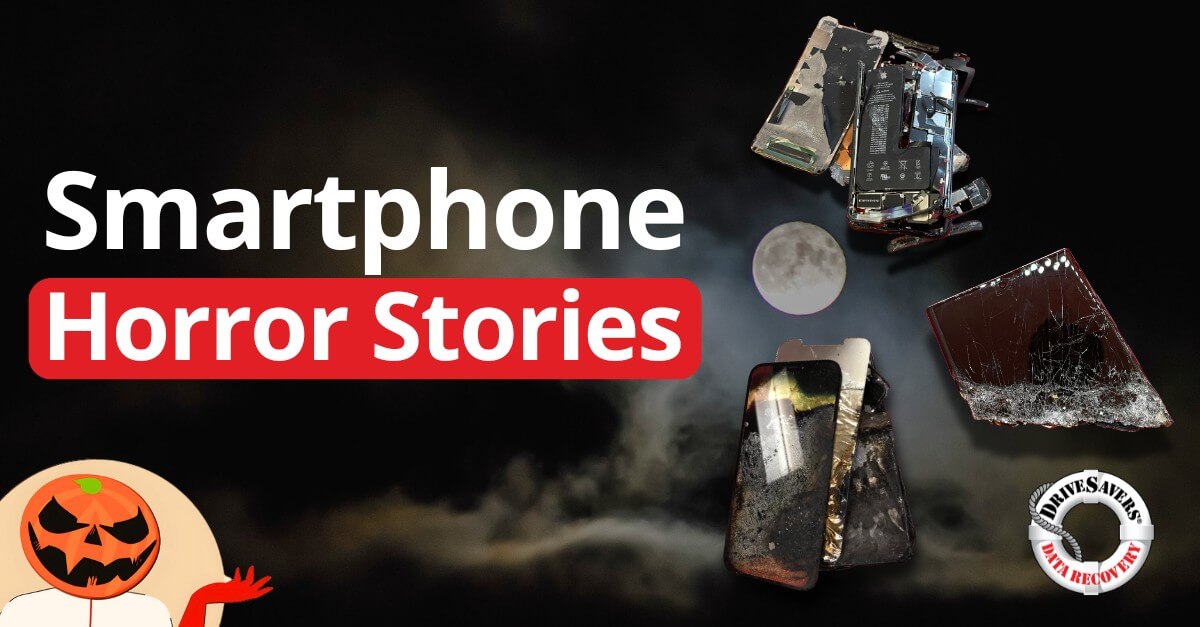Discover chilling tales of broken and damaged phones—rescued from fire, ice, and more by DriveSavers expert phone data recovery. Learn how lost data, photos, videos, and messages can be retrieved even from shattered Android devices and iPhones.
What’s Ahead: Bigger, Faster, Smaller, More Vulnerable?


According to a report from Cisco, the amount of data created globally will increase six times over the next two years, with an even greater growth rate in the corporate sector.
To handle the load, bigger drives are in the works with capacities growing beyond 10TB.
With more and more portable computing devices (tablets, smartphones, etc.) being used at work and home, the threats to security will also increase.
Security Issues
The ransomware problem—where hackers break into a computer, encrypt it and then demand payment to release the contents—will worsen with stepped up attacks on cloud service providers, according to McAfee Labs.
“We predict ransomware variants that manage to evade security software installed on a system will specifically target endpoints that subscribe to cloud-based storage solutions,” the McAfee report said.
(http://www.riskmanagementmonitor.com/mcafee-labs-predicts-top-cybersecurity-threats-for-2015). “Once the endpoint has been infected, the ransomware will attempt to exploit the logged-on user’s stored credentials to also infect backed up cloud storage.”
Inevitable: Bigger Drives
New technology gives manufacturers the green light to build greater capacity hard drives. Single drives are expected to reach and/or surpass 10TB this year. Western Digital and Seagate are two companies to keep an eye on as they compete in the race to build larger capacity devices.
With Heat-Assisted Magnetic Recording (HAMR) technology, Seagate incorporates a laser into the hard drive design. The laser is used to heat the surface of the disk, allowing for greater storage density. For a more scientific explanation, click this link.
Western Digital was first to market with an 8TB helium-filled drive (introduced in 2014) and is currently trying, through its HGST division, to push capacity into double digits using Shingled Magnetic Recording (SMR).
The process involves overlapping tracks of data on a hard disk like the shingles on the roof of a house.
For a more technical report on SMR, check out HGST’s detailed explanation.
Solid-State and Flash Developments
Solid-state drive (SSD) and flash innovations are also moving forward, especially in the mobile field where laptops and tablets are getting more storage space, greater stability, lower prices and faster performance.
Instead of cramming more data onto smaller spaces, the new thing in SSD development involves stacking data to achieve greater capacities.




